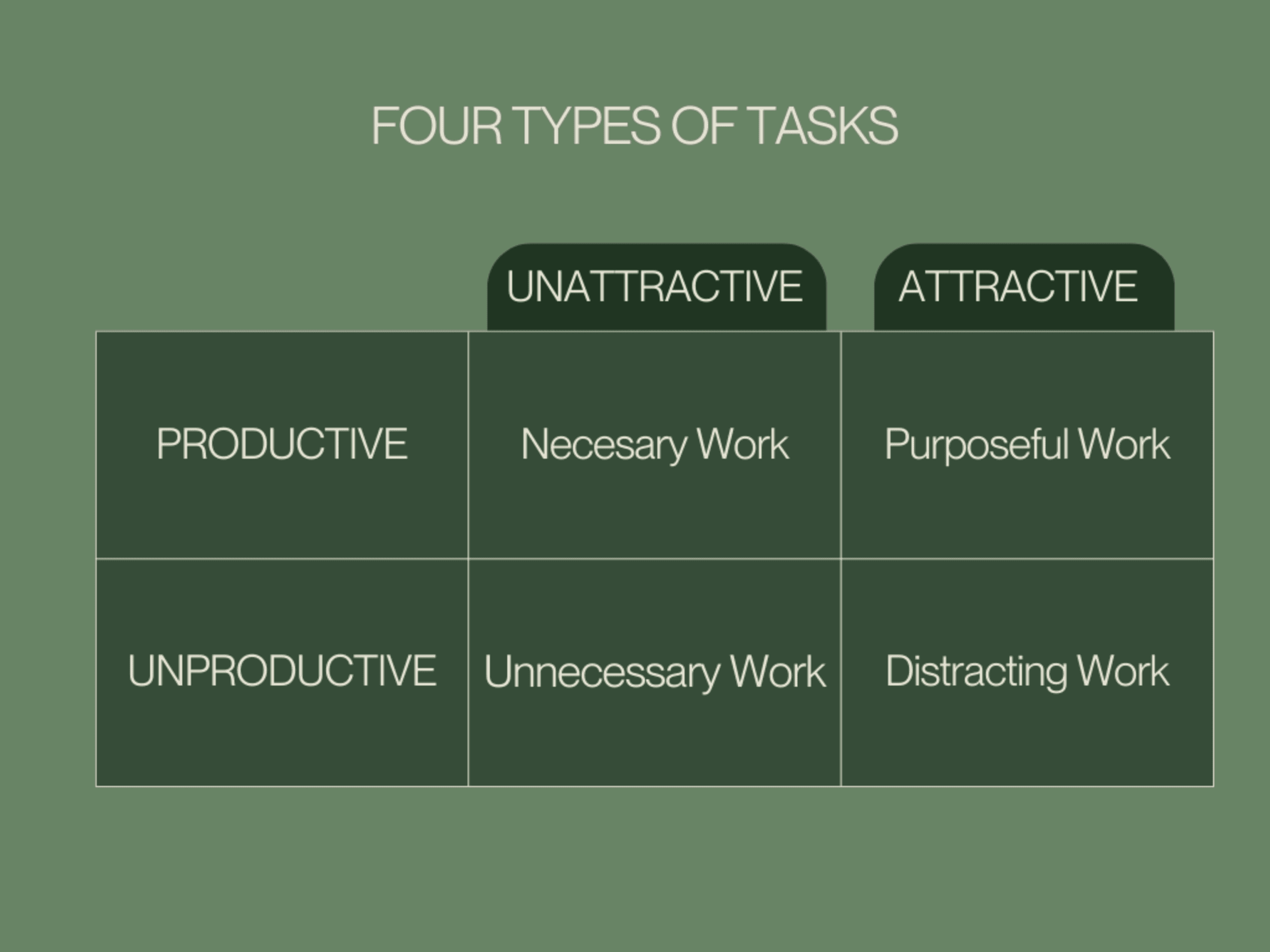We live in a world where every moment seems filled with activity. If we’re not working, we’re checking emails, scrolling through social media, or filling any pause with our phones. Silence is something we’ve nearly eliminated from our lives.
This is just as true in the workplace. Companies often pack corporate retreats with endless activities, leaving no space for quiet reflection. But in doing so, they miss one of the most powerful tools for productivity and time management: silence.
Why Silence Matters for Time Management
Time management isn’t only about squeezing more tasks into the day. It’s about using time effectively. Traditional strategies like prioritizing, working in time blocks, or turning off email notifications are helpful, but silence takes effectiveness to another level.
When you start your day with 30 minutes of meditation or quiet reflection, you create focus and clarity that lasts far longer than 30 minutes of email checking. A silent morning routine followed by intentional planning helps you hit true priorities instead of drowning in low-value tasks.
A simple framework can help you with time management:

(Source: Hyper Focus, Chris Bailey pg. 20-22)
- Necessary Work – Productive but often unattractive tasks, like meetings or follow-up calls.
- Unnecessary Work – Unnecessary work includes both unproductive and unattractive. Like rearranging the papers on your desk or the files on your computer. We usually don’t bother with these tasks unless we’re procrastinating. This type of work keeps you “busy” without moving you forward.
- Distracting Work – Stimulating but unproductive task such as scrolling social media, chatting with team members, or browsing news websites. Fun in the moment, but it drains your time and focus.
- Purposeful Work – The productivity sweet spot. These are the tasks we were put on earth to do. Very few tasks are put here and a lot of brainpower needs to be used to do. These are the high-impact tasks that define your role and purpose, like writing, innovating, or advising clients.
A truly productive person spends most of their time on necessary and purposeful work. Silence helps you stay in those zones.
When I write, I begin the morning with meditation. No emails, no coffee, no conversations—just silence and focus. In 30 minutes, I can complete an entire article because my mind is clear and my energy is aligned. Without silence, I’d be distracted and unfocused, and the same task might take hours.
What most people do is get bogged down by too many things that are not important.
Time Management with Company Retreats
Companies often make the same mistake individuals do: doing too much. Corporate retreats are often overstuffed with meetings, activities, and late-night parties. Employees return more exhausted than when they left.
What people truly need is space. Time in nature. Rest. Silence.
At this point, it’s interesting to see how silent retreats in Spain offer a different model of collective productivity. Unlike activity-saturated retreats, these spaces prioritize rest and authentic connection. If you’d like to learn more about how they work in practice, you can read our article on silent retreats in Spain.
We do too much. What we need is to do nothing. All the best answers come when you are in silence. And you can connect in silence as a team. Go on a silent hike together without talking. Meditate as a group. Do yoga or breathwork. Eat in the middle of nature in silence as a team. You can start with some meetings and talking. Then allow your employees to rest take the time to really connect and give them time to have nothing in their heads so they can come they return more creative, grateful, and energized ready to bring fresh focus back to their work and personal lives.
We have to force ourselves to be silent and as employers you should force it on your employees too. No phones and no talking – what an easy concept.
Bringing Silence Into the Workplace
Silence doesn’t have to wait for a retreat. It can become part of everyday work culture. Managers can encourage “quiet hours” where no meetings or emails are scheduled, giving employees uninterrupted time for deep work. Teams can experiment with silent brainstorming sessions, where ideas are written down first before being discussed.
Even something as simple as starting a meeting with two minutes of silence can reset the room, lower stress, and create space for more thoughtful conversation. By making silence a norm rather than an exception, workplaces can reduce burnout and improve performance.
In fact, research from institutions such as the Harvard Business Review highlights that practices of silence and team reflection improve decision-making and reduce burnout. This confirms that this is not a passing trend, but a real and valuable resource for organizations seeking more humane and sustainable leadership.
Silence as a Daily Practice
Chris Bailey, author of Hyperfocus, describes “scatterfocus” as 20 minutes of silence where you let your mind wander. This practice helps uncover solutions, surface overlooked tasks, and bring clarity to your priorities.
Time management isn’t about doing more. It’s about doing the right things at the right time. Silence gives you the clarity to recognize what matters.
Instead of filling lunch breaks with phone scrolling or chatter, try a silent walk in the park. Step away from constant noise and distraction. When you return, you’ll feel more focused and capable of entering deep work again.
Good time management isn’t just about organization it’s about creating space. Sometimes, the most powerful thing you can do to be productive is… nothing. Embrace silence, and you’ll discover the clarity and focus you’ve been missing.
Follow us on Instagram for more content: @silentfocus.co





